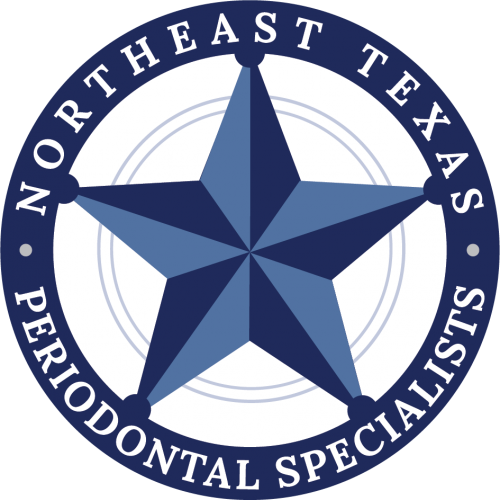Gum Healing After Deep Teeth Cleaning
A deep teeth cleaning is a common dental procedure that helps remove plaque and tartar from beneath the gumline, where regular brushing, flossing, and standard cleanings cannot reach. This treatment, often called scaling and root planing, is important for stopping or slowing the progression of gum disease. Because it is more thorough and invasive than a routine cleaning, your gums will need time to heal afterward. Understanding the healing process and how to care for your gums during recovery can make a big difference in your comfort and results. Read on to learn more about gum healing after a deep teeth cleaning.
What to expect after the procedure
Deep cleanings are performed under local anesthesia to numb the areas being treated, so you should not feel pain during the procedure. Once the numbness wears off, it’s normal to notice some tenderness, swelling, or mild bleeding in the areas that were cleaned. These effects are part of the body’s natural healing response and typically improve within the first few days.
As your gums begin to heal, they will start reattaching to the tooth surfaces. This is a crucial step in recovery because it reduces the depth of pockets where bacteria can collect, which helps prevent future buildup. Within a week, your gums should appear healthier and less inflamed, though full healing may take two to four weeks, depending on the extent of the treatment.
Supporting gum healing
Your dentist will provide detailed post-procedure instructions, and following these closely will help ensure a smooth recovery. Most dentists recommend sticking to softer foods for at least the first 24 hours. Options like yogurt, scrambled eggs, oatmeal, and cooked vegetables can be eaten without irritating tender gums.
Maintaining oral hygiene is also important, but you’ll need to do it gently. Use a soft-bristled toothbrush and take care when flossing around treated areas to avoid causing additional irritation. Many dentists suggest rinsing with warm salt water several times a day during the first week to reduce swelling and keep the gums clean.
It’s also important to avoid habits that can slow healing, such as smoking or using other tobacco products. Staying hydrated will help keep your mouth moist and aid in flushing away bacteria, supporting the healing process.
Why proper healing matters
Allowing your gums to heal properly after a deep cleaning is essential for the procedure’s success. Healthy healing strengthens the bond between gums and teeth, reduces inflammation, and creates an environment that makes it more difficult for harmful bacteria to return. If healing is delayed or interrupted, the risk of gum disease progressing increases.
Gum healing after a deep teeth cleaning is a gradual process that begins right away but takes a few weeks to complete. Mild tenderness or swelling is normal at first, but with proper care, your gums should quickly start to look and feel healthier. Following your dentist’s guidance and maintaining gentle but consistent oral hygiene will help you achieve the best possible results and protect your oral health moving forward.

